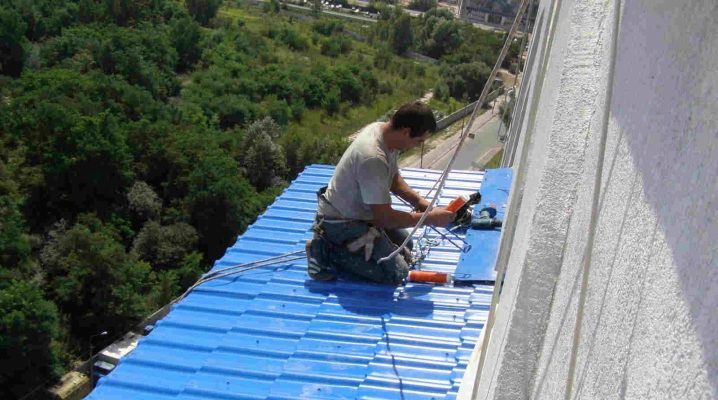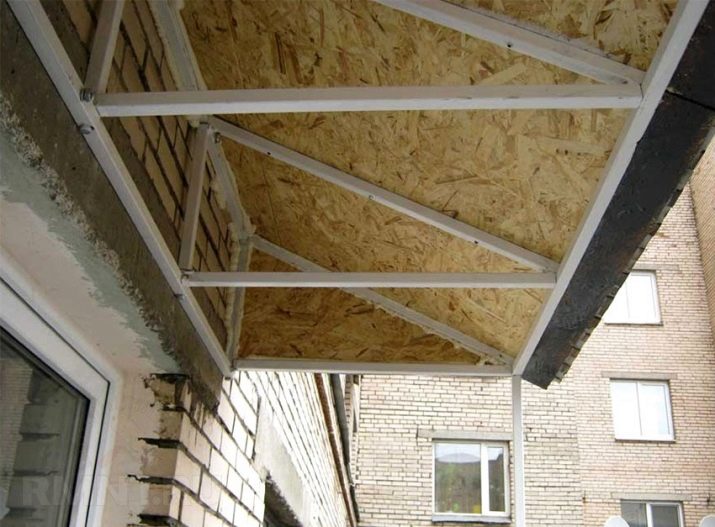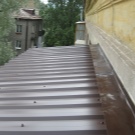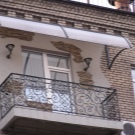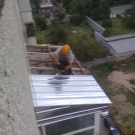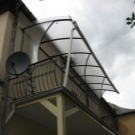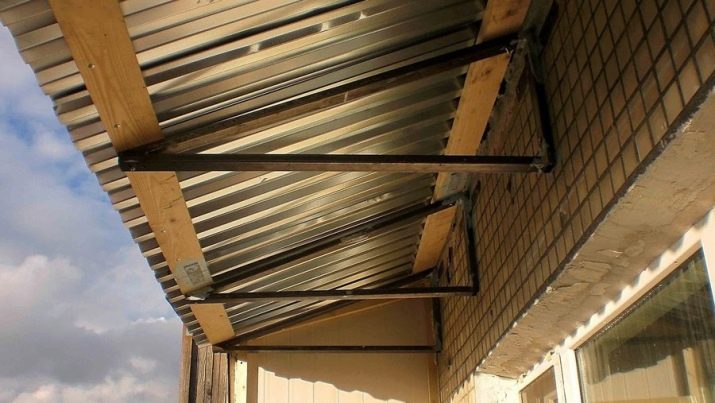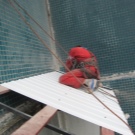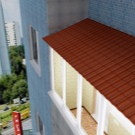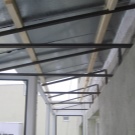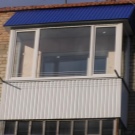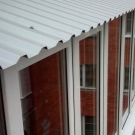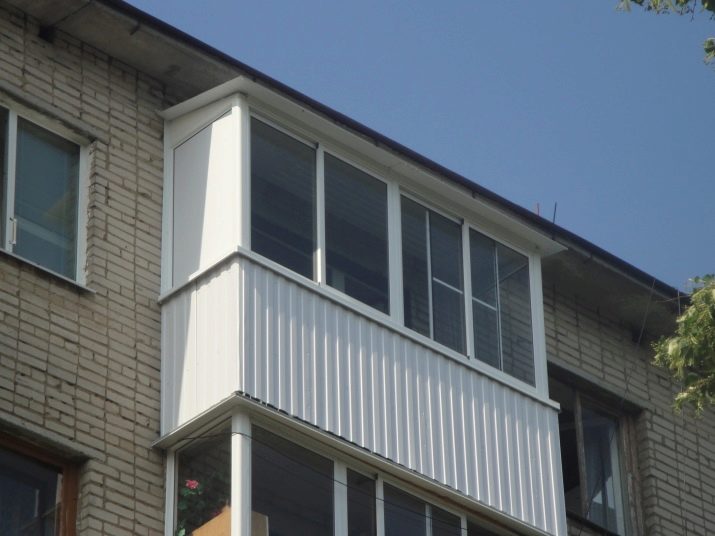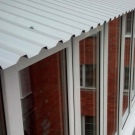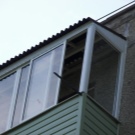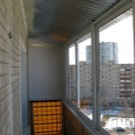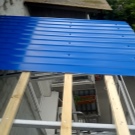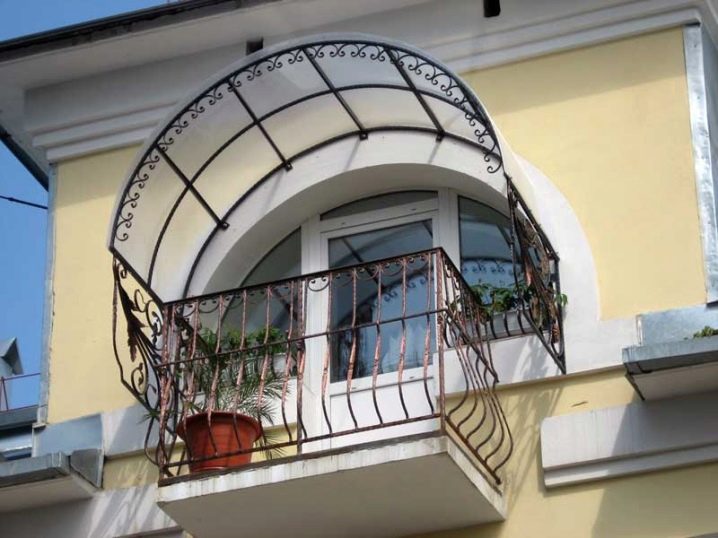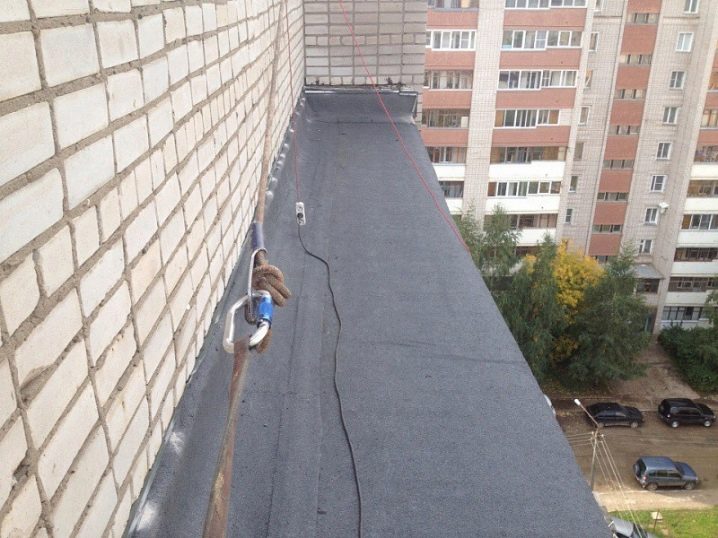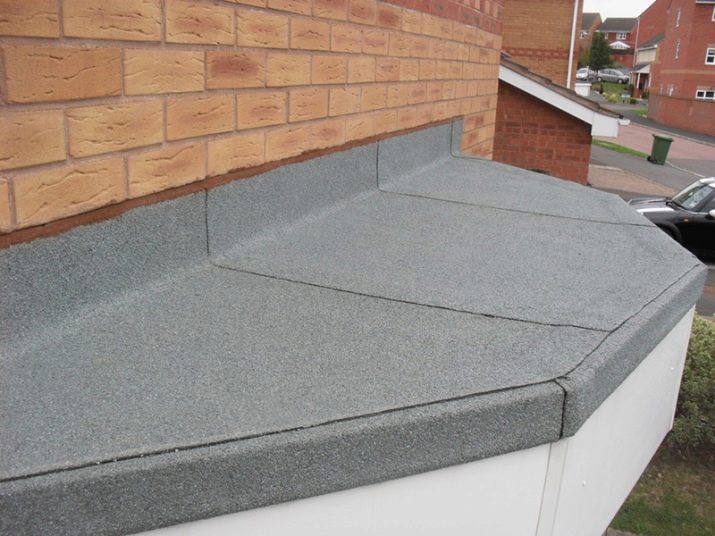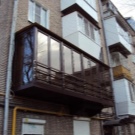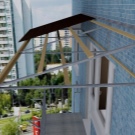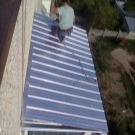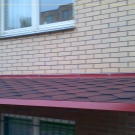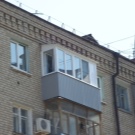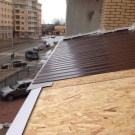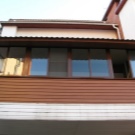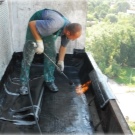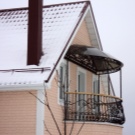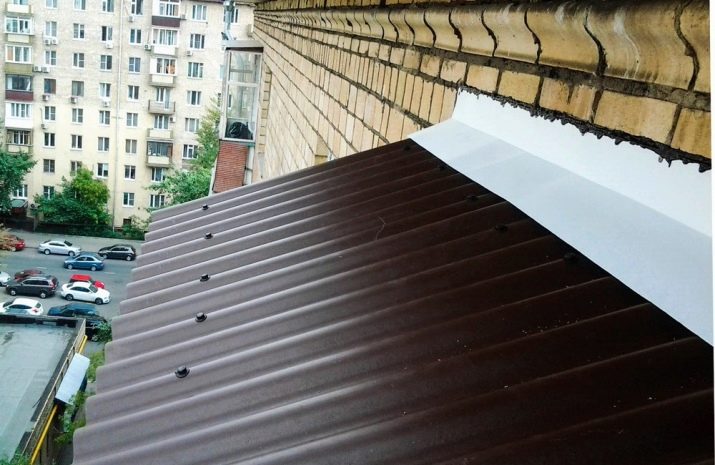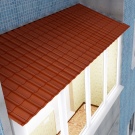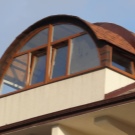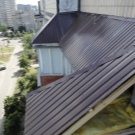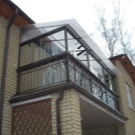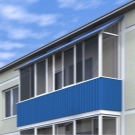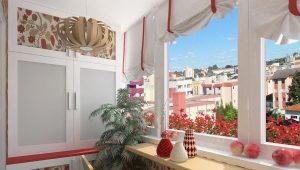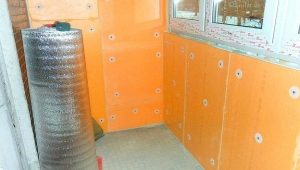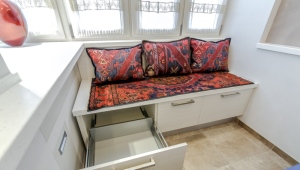Balcony roof repair
Every owner who has a balcony, knows how many problems may arise with it. Whether the roof leaks on the last floor or the roof cracks after the winter, the visor does not trap water, therefore a mold and fungus forms inside the balcony and so on. In fact, there are many more problems, and that is why it is necessary to understand the causes of their occurrence and how to eliminate them.
Why is the roof leaking?
- One of the reasons is precipitation. Snow or rain, as well as sudden changes in temperature - all this has a very strong effect on the roof. Due to sudden changes in temperature and UV treatment, it loses its protective properties. Therefore, under the influence of precipitation cracks are poured, and dampness, mold and fungus are formed inside the balcony.
- Also, the roof may leak due to the fact that the roofing material is of poor quality. It may be that the contractors decided to save on you and used low-quality materials that are prohibited or not recommended for roofing. As a result, you have a roof flowing balcony, and there are unnecessary problems.
- Unprofessional installation of the roof is also a problem. Wanting to save money, builders violate the rules for installing roofing materials. Poor-quality performance of waterproofing and thermal insulation can, moreover, just flood the balcony. Poor sealing of joints and seams and poor drainage systems can also lead to the formation of moisture.
- Therefore, before contacting experts, check them out. And carefully follow the process of work. It is also recommended to procure materials yourself so that there are no problems.
- End of life. Over time, any material loses its original properties, with the result that it quickly becomes covered with cracks. And if the material turned out to be of poor quality, then the service life is reduced several times, and even not too much precipitation or exposure to sunlight can lead to the destruction of the roof.
Materials
Before the start of repair work it is necessary to decide on the material from which the roof will be. The roof should be made of a material that tolerates gusts of strong wind, does not corrode, and suffers temperature changes.Currently, there is a huge selection of such materials on the market, and every day they are becoming more and more. Roofing materials come from steel sheet, polycarbonate, as well as from such soft species as, for example, shingles. This is only a small part of what can be found in the store now. Each type has its advantages and disadvantages, as well as installation features.
Decking
This material has good durability, and has a good value for money. Structures made of corrugated can withstand wind gusts and snow loads without any change in the standard form. Durable in operation due to the upper layer of zinc, which is well protected from corrosion and other troubles.
Polycarbonate
This is a very light material. Well passes light, but badly transfers rainfall, therefore under the climate of our country fits pretty badly. It is advisable to use this material in latitudes where there is no heavy precipitation. Polycarbonate is often used for decorative purposes.
Soft roof
If you have a glazed balcony with a strong and rigid frame, then for you a soft roof is a good choice, since such a roof provides complete noise insulation.The advantage is that the soft roof does not corrode and additionally protects your balcony. The small price and ease of installation are undoubted advantages. You can install this roof yourself.
Ways to get rid of leaks
After repair for reliability it is worth making a waterproofing with a sealant. Sealing should be used for the prevention and additional blocking of the joints. The stores have four types of sealant: silicone, acrylic, polyurethane, thiokol. Before you use any sealant, you need to study its properties.
- Polyurethane is the most resistant to moisture, cold and sunlight. It has the necessary elasticity, which makes it possible to use it also in the presence of water on the balcony. Before you use a sealant, be sure to wear gloves to prevent skin contact.
- Acrylic sealant is environmentally friendly. It does not contain toxins, so when working, you do not need to protect your hands or other exposed skin. The composition also lacks solvents, so it is safe in case of fire.The only and main drawback is that the sealant does not tolerate water at all. Because of this, after a while you will need to process the seams again.
- Silicone sealant differs in that it is better resistant to water, unlike acrylic, withstands temperature fluctuations well. Corrosive if used on a metallic surface.
- A thiokol has a not very long service life, and because of this, periodically it is required to re-process the surface. It is the only sealant that is subjected to staining.
- For applying sealant use a manual pneumatic pistol or trowel. The mass should be applied evenly and gently so that no voids are formed, and also that the sealant does not get on the exposed skin. To align the layer using the jointing. After a few hours, the sealant will become resistant to any kind of precipitation - whether it is rain, snow or even hail.
When repairing balcony roofs, it is better to entrust the work to the masters, because safety is in the first place. To perform such work, you may need special equipment.This is another weighty argument for turning to professionals. Repair by masters will take much less time than if you did everything yourself, moreover, the technology will not be broken, and the roof will be in use for more than a dozen years. One has only to remember that it is better to trust this work to proven specialists, and not to the first people from the street.
